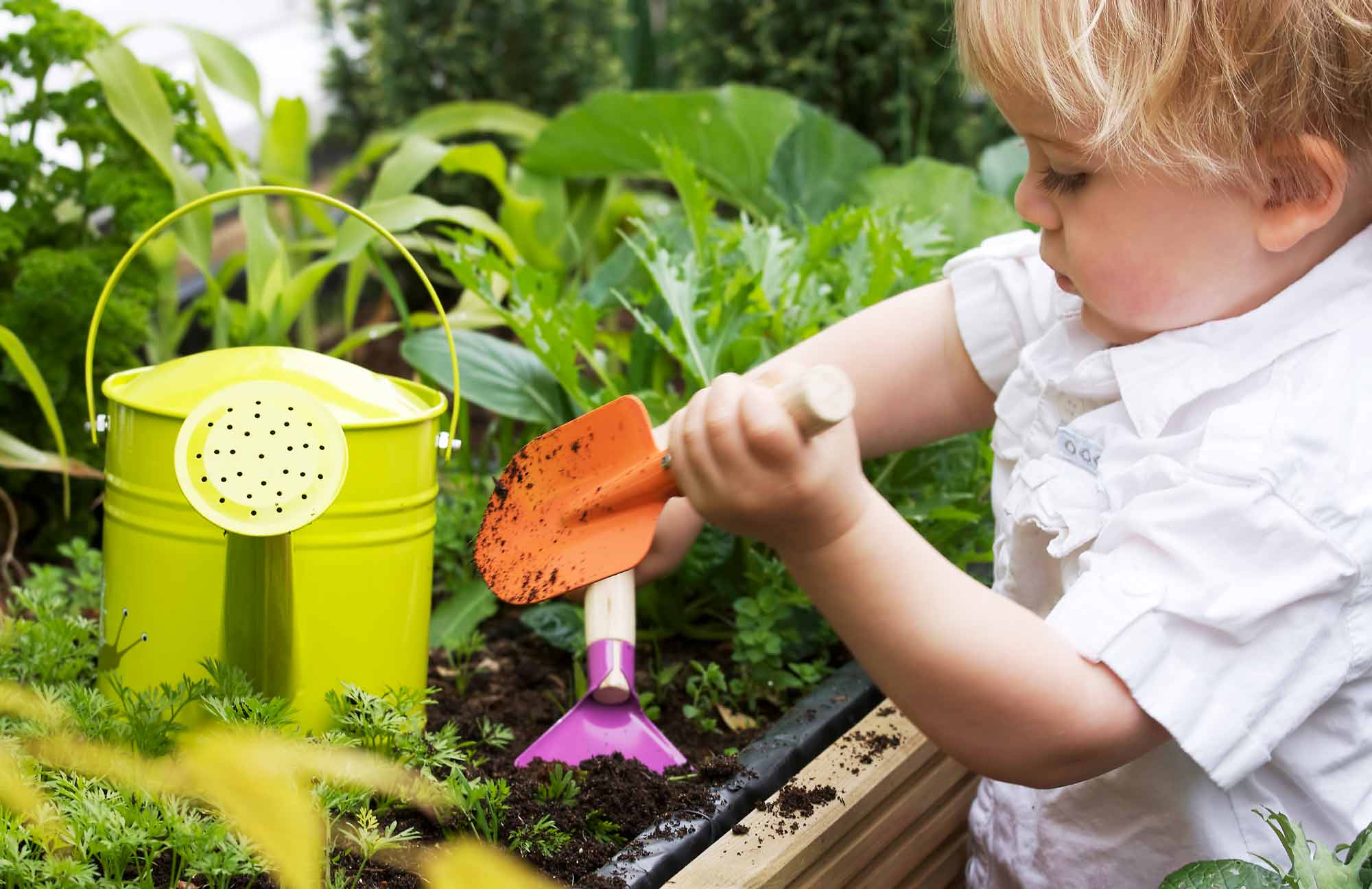Not a Box!
To be a child again and rediscover the joy of a simple box? This lesson represents STEM creativity at its finest!
Content Area:
Engineering
Learning Goals:
This lesson will help toddlers and preschoolers meet the following educational standards:
- Demonstrate curiosity about the world and begin to use the practices of science and engineering to answer questions and solve problems
- Explore concepts and information about the physical, earth and life sciences
- Understand important connections and concepts in science and engineering
Learning Targets:
After this lesson, toddlers and preschoolers should be more proficient at:
- Developing and using models to represent their ideas, observations and explanations through approaches such as drawing, building or modeling with clay
- Expressing wonder and curiosity about their world by asking questions, solving problems and designing things
- Making meaning from experience and information by describing, talking and thinking about what happened during an investigation
- Using nonstandard and standard scientific tools for investigation

Not a Box!
Lesson plan for toddlers/preschoolers
Step 1: Gather materials.
- The book, Not a Box, by Antoinette Portis
- Boxes of all sizes
- Paper towel cores and toilet paper cores
- Markers/crayons
- Construction paper
- Glue sticks/tape
Note: Small parts pose a choking hazard and are not appropriate for children age five or under. Be sure to choose lesson materials that meet safety requirements.
Step 2: Introduce activity.
- Ask the children what a box might be used for. Discuss what else a box could be. A building? A tower? A bridge? An animal?
- After the children have shared their thoughts and ideas, introduce the book, Not a Box.
- Explain: “Rabbit has some very creative ideas about what can be done with a box. The author wrote the story as if we are talking to the rabbit and the rabbit is responding to us. On the white pages, we are asking the rabbit questions. On the red pages, the rabbit is answering our questions.”
- Read and discuss the book. Ask: “Why do you think the title is NOT A BOX?”
- Ask: “What’s one thing that you think the rabbit might use the box for? How many different things do you think you could turn a box into? Are there other things that the rabbit could use the boxes for? What can the class create together with all of the boxes that we have collected?”
- Explain to the children that they will design and build their own Not a Box today.
Step 3: Engage children in lesson activities.
- Invite the children to construct their Not A Box using the materials that you have provided.
- As the children build their creations, ask: “Does this look like the original design that we drew? Did you need to redesign your Not a Box because of a problem?”
- After the children have finished constructing their boxes, invite them to study all of the boxes and predict what each box is intended for.
- Invite the children to explore bridge-building during free-choice times to continue their hands-on investigations of engineering concepts.
Step 4: Vocabulary.
- Analyze: To examine information in order to make conclusions
- Design: To create a plan for something that will be built
- Plan: To decide how to carry out an experiment or conduct an engineering project
- Predict: To guess what might happen next
Step 5: Adapt lesson for toddlers or preschoolers.
Adapt Lesson for Toddlers
Toddlers may:
- Act out what they would do with the box if they were the rabbit
Child care providers may:
- Omit drawing plans before constructing
- Provide a box and let the children act out their ideas about what the box could be
- Focus on a large classroom design instead of smaller individual designs
Adapt Lesson for Preschoolers
Preschoolers may:
- Try to create and complete a team project
- Try this activity individually, in teams or as a class
- Request scissors and markers
Child care providers may:
- Pair students with stronger language or second-language skills with children who have stronger gross-motor skills or more creative tendencies. This collaboration will strengthen the children’s communication skills, build cooperative skills, teach children about the importance of teamwork and promote friendships.
- Allow older children to incorporate more challenging materials into their Not a Box project
- Provide a variety of construction materials
Suggested Books
- A Box Can Be Many Things by Dana Meachen Rau
- Iggy Peck, Architect by Andrea Beaty
- Rosie Revere, Engineer by Andrea Beaty
- The Most Magnificent Thing by Ashley Spires
- The Nowhere Box by Sam Zuppardi
- What to Do With a Box by Jane Yolen
Music and Movement
- “I Have a Box” performed by Bev Bos, Tom Hunter and Michael Leeman
Outdoor Connections
- This is a great outdoor classroom project.
- Allow the boxes to remain outdoors until they fall apart or the children’s interest in the project wanes.
Web Resources
- Visit Growing Book By Book for Not a Box book activities and many other books about boxes.
- Harper Collins offers some great ideas and activities for a Not a Box party, including downloadable activity sheets, invitations and name tags.
Comment on this lesson